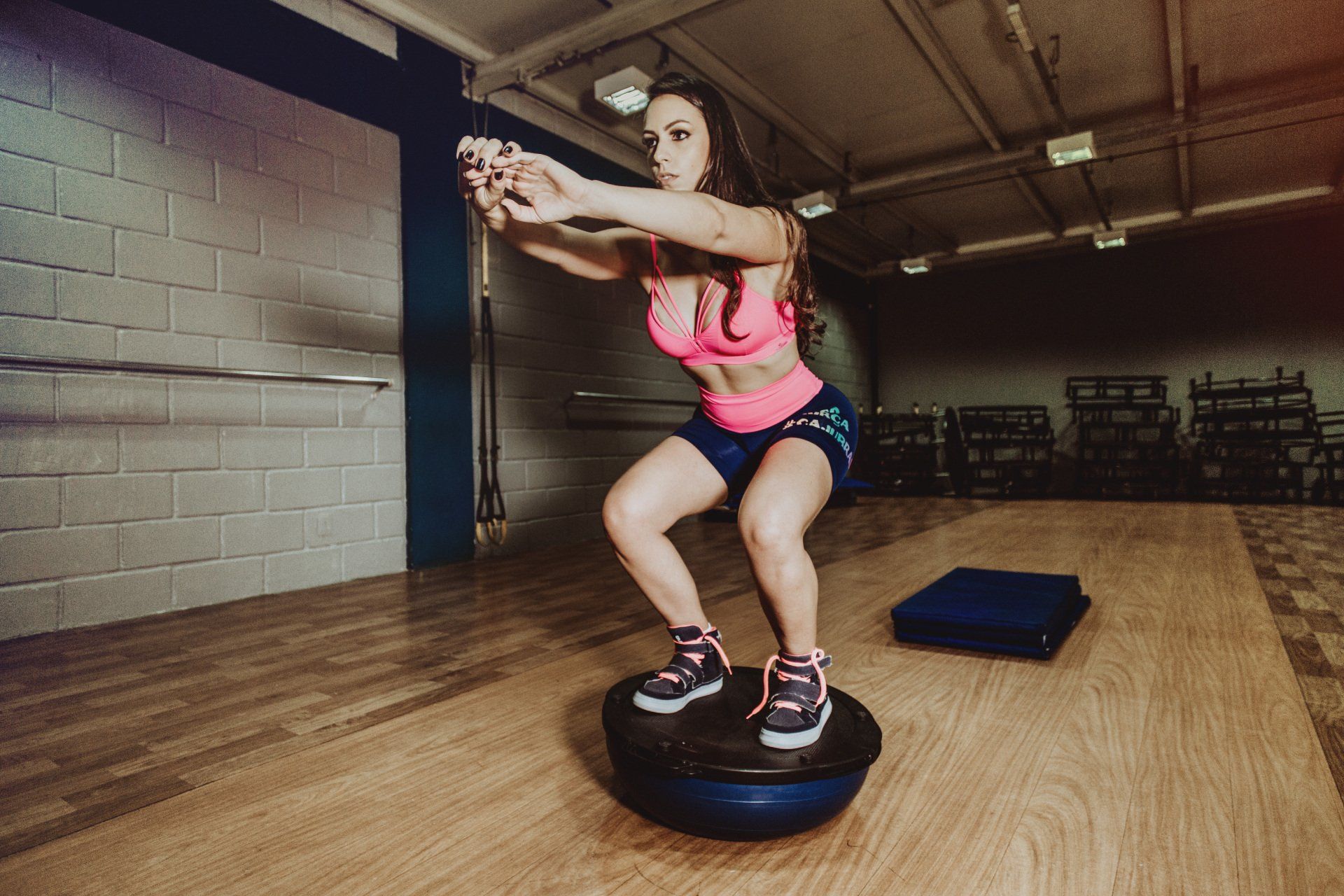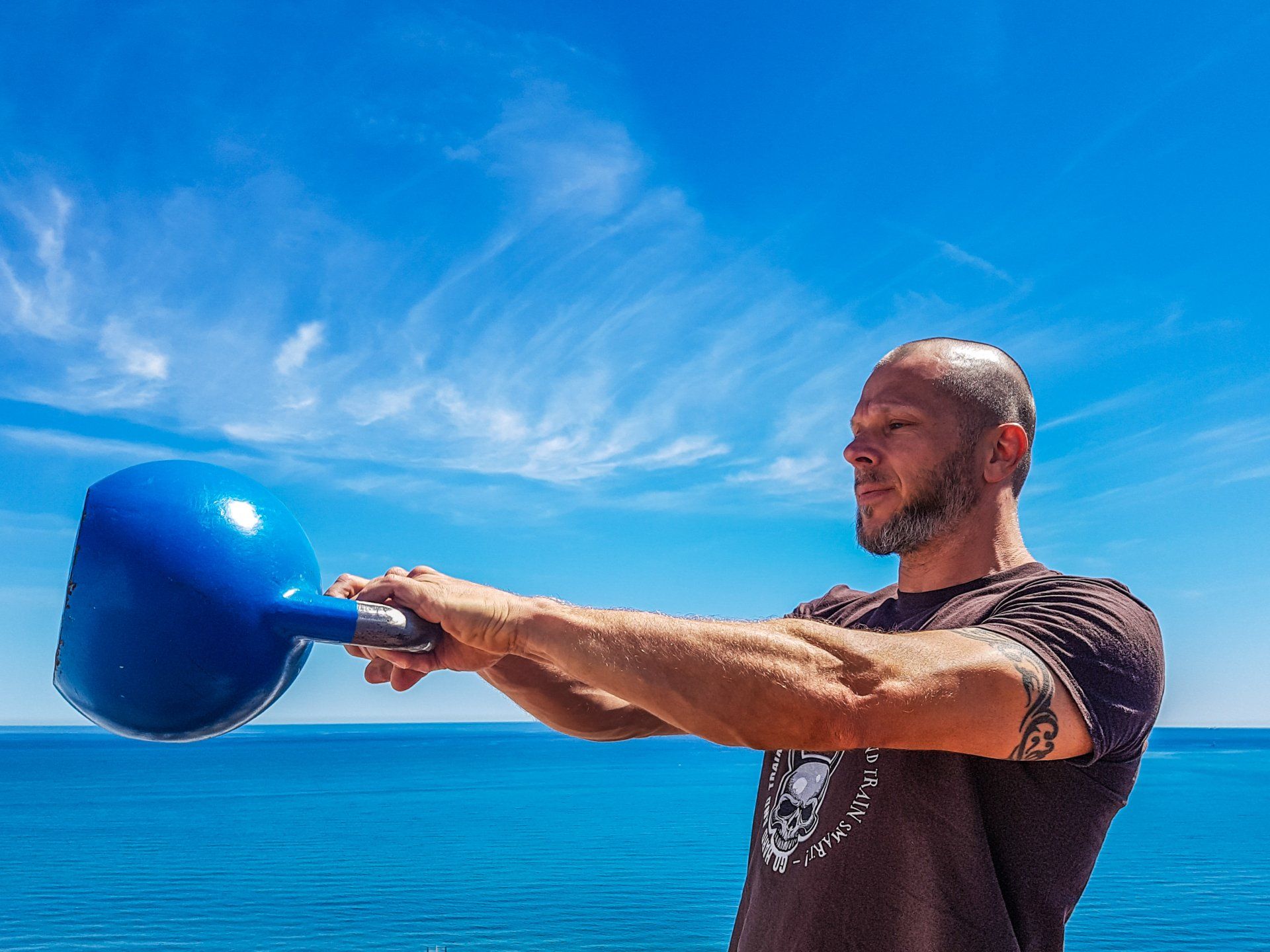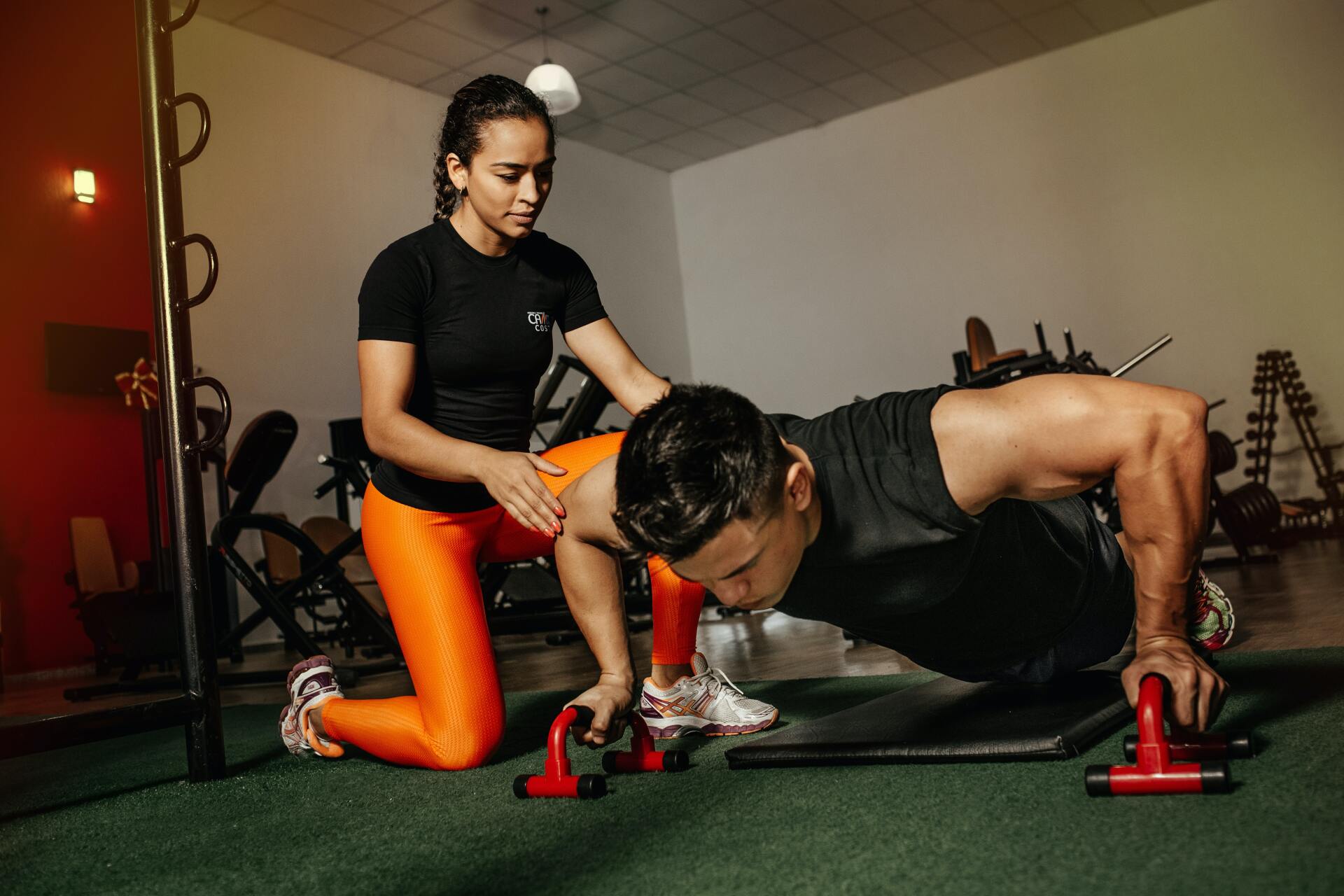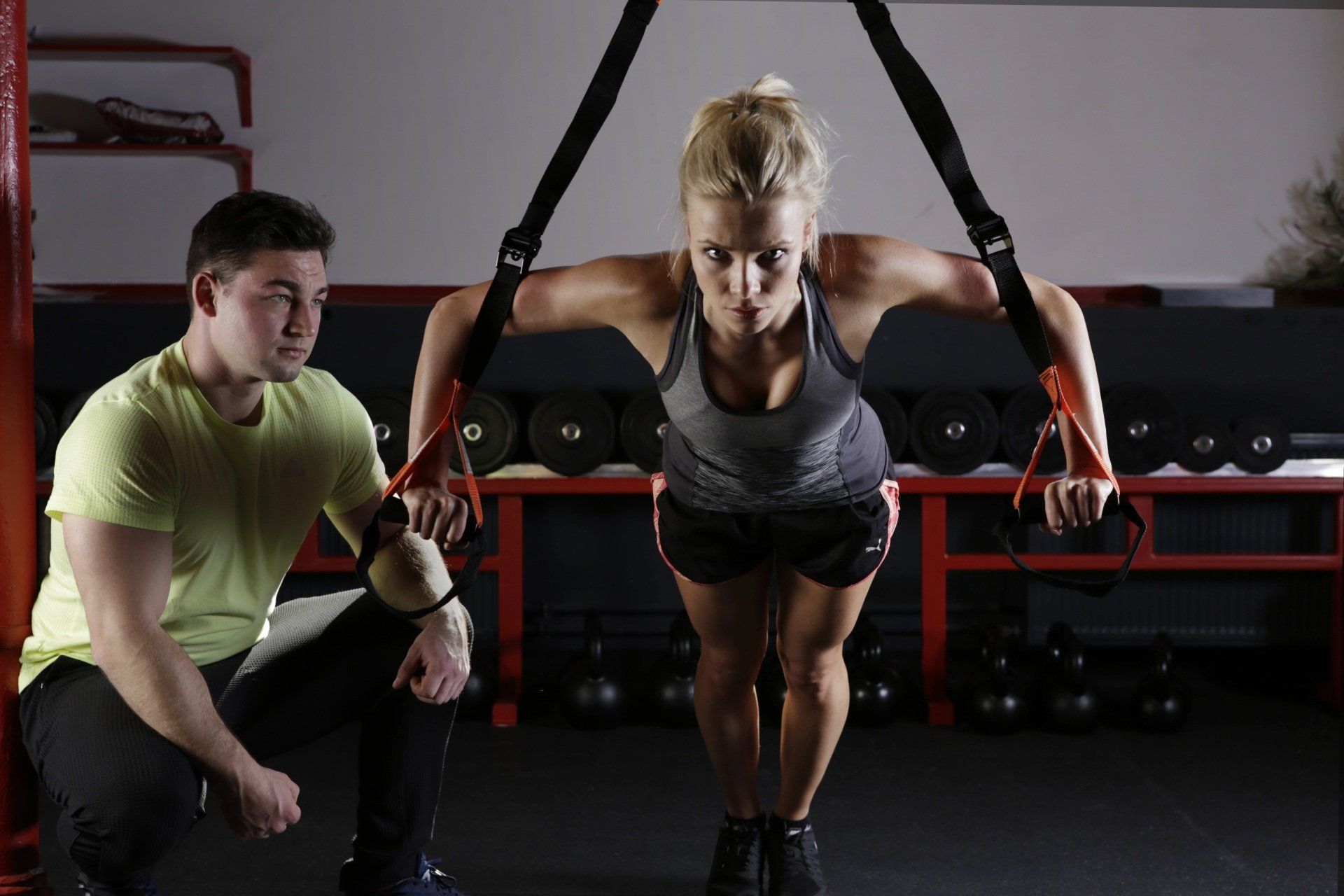Headaches and Shoulder Pain
Sitting at a desk job, or constantly looking at your phone causes your shoulders to round and your head to fall forward. This is called upper cross syndrome to us Personal Trainers.
I often hear clients complaining of shoulder pain between their shoulder blades, or right on the shoulder blade. Also, another complaint is headaches and sore necks.
The way we live today is incredibly convenient, sure, but it is also incredibly inefficient for our bodies. It is not uncommon to see clients suffering from both of these issues, yet it is something that can be worked on and maybe even fixed!
SMR for the neck and shoulders is actually really interesting, because you would think where you have the pain is the problem. However, just like with lower back pain, that is not the case.
Foam rolling can become quite tricky in this area, but rest assured, there are plenty of tools out there to do the trick! For example, grab a tennis ball and use the exact same technique as you would with a foam roller. You want to target the sides of your neck and your pectoral muscles to help alleviate these problem areas.
You have two pectoral muscles and because we are constantly sitting with our shoulders forward to type, drive, hold our phones, etc; we are constantly overworking them. Therefore, the pain you feel in the shoulder area is actually from overstretched rhomboids (the muscles in between the shoulder blades).
When you sit, stand, or move with your head forward, this puts constant pressure on your sternocleidomastoid muscle (near the front of the neck around your arteries). While this muscle is constantly shortened because of overuse, your levator scapulae (the muscle at the back of the neck) is constantly stretched and lengthened.
As we have seen from the feet to the head, the majority of our issues from pain can be from muscle imbalances. With proper foam rolling, we can help our fascia signal the overworked muscles to relax and lengthen. In order to really correct muscle imbalances, proper corrective exercise is a must!
For more content and instructional videos, check out my future blog posts and our social media!
Ryan Brown










